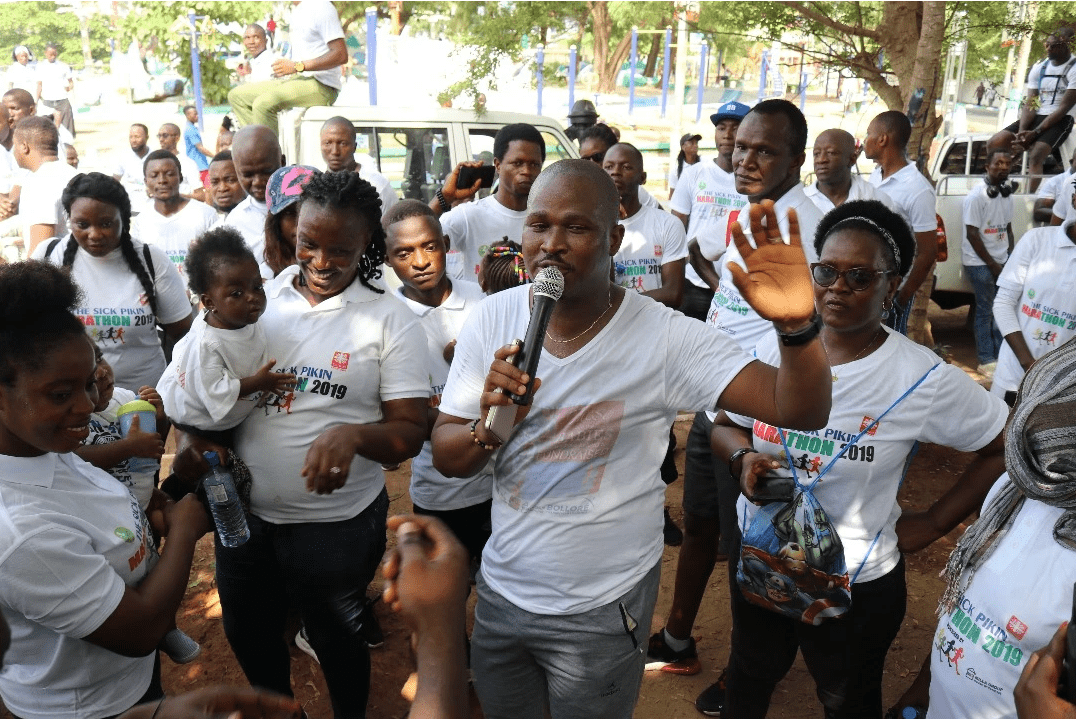Breaking news headlines: The community development budget of the United States has been cut. Funding for African American causes has been slashed. Minority issues overall getting scant attention of the powers that control the purse strings.
It could be a description of the Bush Administration’s budget (and probably is). But the story also describes what is happening in organized philanthropy. Recent data from the Foundation Center, the AAFRC Trust for Philanthropy, and Independent Sector–and a little-recognized study by the Council of Economic Advisors issued moments before President Clinton left office–paint a picture of some disturbing trends in charity and philanthropy, particularly as they affect racial and ethnic groups and social justice causes.
The Foundation Center’s analysis of trends in giving from 1980 through 1999 puts grantmaking for racial and ethnic minorities at 7.9 percent, down from 9.9 percent in the previous year. Despite a 20 percent increase in foundation giving between 1998 and 1999, grants for racial and ethnic minorities declined not simply proportionally, but in absolute terms–from $962 million to $918 million.
The Foundation Center’s estimate of almost eight percent of giving for racial and ethnic causes is clearly extremely generous. The Center bases its analysis on a survey of 1,016 larger foundations (including 800 of the 1,000 largest), accounting for roughly half of all U.S. grantmaking. The list therefore emphasizes the behavior of large foundations such as Ford, Rockefeller, and Mott, all of which have long histories of funding the programs of African American and other organizations. Even within the 1,016, the performance of the top 100 foundations that gave ten percent of their grant dollars to racial and ethnic populations is clearly distinguishable from the remaining 916, whose comparable grantmaking was only five percent. It is not hard to project the even weaker grantmaking performance of the remaining 60,000 foundations that account for half of all foundation grants in the U.S.
Grantmaking for African American groups is clearly not in the forefront of foundation priorities. Between 1998 and 1999, the total grantmaking of the 1,016 foundations for African American groups and causes in the Foundation Center analysis dropped by more than one-third, from $367 million to $222 million. The Foundation Center explained away the drop as due to the spike in African American funding in 1998 due to the $41 million Lilly Endowment grant to the United Negro College Fund for capital support of Historically Black Colleges and Universities and the share of the Danforth Foundation’s $91 million grant to Washington University dedicated to an African-American scholarship program. Nonetheless, not one grant of the 60 foundation grants of over $10 million in 1999 went to an African-American program or cause except for the inclusion of African-American homeowners as one of several primary focuses of the Ford Foundation’s two grants of over $20 million to the Self-Help Ventures Fund in North Carolina.
Broadening the focus on foundation grantmaking to civil rights and social action does not appreciably improve the foundation sector’s performance. Grantmaking for civil rights and social action, which includes international human rights funding, amounts to only 1.3 percent of foundation grantmaking, again based on the 1,016 foundations in the Foundation Center tabulation. The distinction is glaring, once again, between the 100 largest, funding civil rights and social action at 1.5 percent of their grantmaking dollars, and the remaining 916, devoting only one percent of their largesse to those causes. Again, the implications for the other 60,000 or so foundations are all too clear.
Grantmaking for community development and community improvement dropped to 3.9 percent in 1999, compared to 4.3 percent in 1995. Given that a significant amount of community development grantmaking goes to national nonprofit intermediaries and regional partnerships–the Ford Foundation grants to Self-Help Ventures is an example–the proportion of the $447 million in community development grantmaking directly reaching and being controlled by community or constituency-controlled community development organizations is probably pretty paltry. Interestingly, five percent of corporate foundation giving and 6.8 percent of community foundation giving went to community development, putting the proportion for private foundations at only 3.6 percent.
Sign up for our free newsletters
Subscribe to NPQ's newsletters to have our top stories delivered directly to your inbox.
By signing up, you agree to our privacy policy and terms of use, and to receive messages from NPQ and our partners.
A casual observer might anticipate that community foundations “score” well on these social issues, and in general there is some evidence of greater community foundation responsiveness on issues such as grantmaking for the poor and disadvantaged in general (13.7 percent of grants compared to 11.2 percent for independent private foundations), the homeless (11.3 percent compared to 0.8 percent), and immigrants and refugees (1.3 percent compared to 0.9 percent). However, a lower proportion of community foundation grantmaking (1.3 percent) is specifically targeted to African American groups and causes than for independent private foundations (1.8 percent) and corporate foundations (3.6 percent). Unfortunately, because of their increasing dependence on restrictive donor-advised grants, community foundations over the long run have been decreasing their giving in core social causes. Since 1990, the largest decrease in community foundation spending is in “public/societal benefit” grantmaking, which includes civil rights and social action, down 4.5 percent, and the second largest decrease was in human services, down 3.4 percent. As in most areas of philanthropic activity–foundations, individual giving, and charitable bequests–the big winner in community foundation grantmaking is education, which is up seven percent over the past decade.
Maybe we can feel good that overall charitable contributions, by type of recipient organization, to the category called public/societal benefit increased between 1999 and 2000 by 27 percent, according to the latest AAFRC “Giving USA 2001” numbers (even though as a percentage of all giving, public/societal benefit declined from 5.8 to 5.7 percent). The recent increase compares well with an only 0.8 percent increase in the category between 1998 and 1999, for organizations such as civil rights, scientific research, public policy, consumer protection, and community development. But the AAFRC attributes the significant 2000 jump to the significant growth in giving to gift funds of commercial investment companies such as Fidelity and Vanguard, which get lumped into this category. Fidelity and Vanguard are for public/societal benefit? It all depends on what the donors behind the funds want to support, and it is hard to imagine that they are 100 percent dedicated to civil rights and companion social change causes.
The preliminary 2001 AAFRC numbers involve some methodological changes that improve the calculations but make some comparisons difficult. What the AAFRC numbers will show is that religion is still the largest recipient category of charitable giving, followed in second place by giving to foundations. Some $32 billion of the more than $200 billion in charitable giving in 2000 is classified as “unallocated or gifts to foundations,” which the AAFRC acknowledges is likely to be predominantly gifts to foundations. In the previous year, gifts to foundations were $27.8 billion, according to the Foundation Center. The result for both 1999 and 2000 will be the same: more new money went into foundations than was given out by foundations as grants ($19.81 billion in 1999, $24.5 billion in 2000).
Independent Sector’s preliminary data from its 2001 Nonprofit Almanac add to the difficulty. Since 1989 and continuing through 1998, some 11.2 percent of U.S. households reported making charitable contributions to organizations addressing public/societal benefit. But a companion IS study, Giving and Volunteering in the Untied States (1999), puts the average household contribution for public/societal benefit at $134 compared to $221 for arts, culture, and humanities, $279 for international causes, $382 for education, and $1,002 for religious organizations.
The philanthropic numbers paint a picture. For racial and ethnic groups, it is hardly a bucolic still life of flowers and fruit. Foundations, corporations, and individual donors have a long way to go before they are fully helping redress the racial and social inequities of this nation.
Rick Cohen is the president of the National Committee for Responsive Philanthropy (NCRP). NCRP is a quarter-century-old nonprofit philanthropic “watchdog” organization. NCRP’s mission is to make philanthropy more responsive to people and organizations with the least wealth and opportunity, more relevant to critical public needs, and more open and accountable to all, in order to create a more just and democratic society. Based in Washington, D.C., NCRP can be reached at 2001 S Street NW, Suite 620, Washington DC 20009, 202-387-9177.












